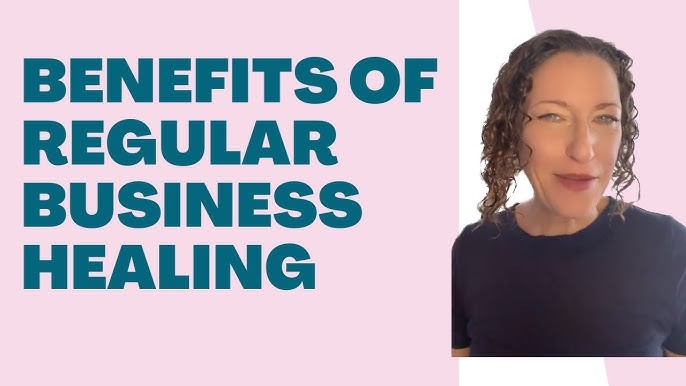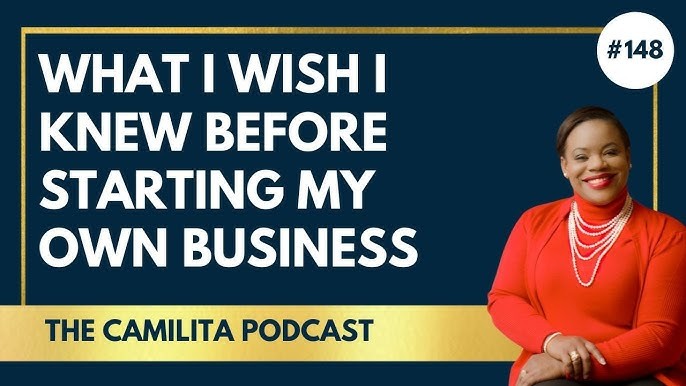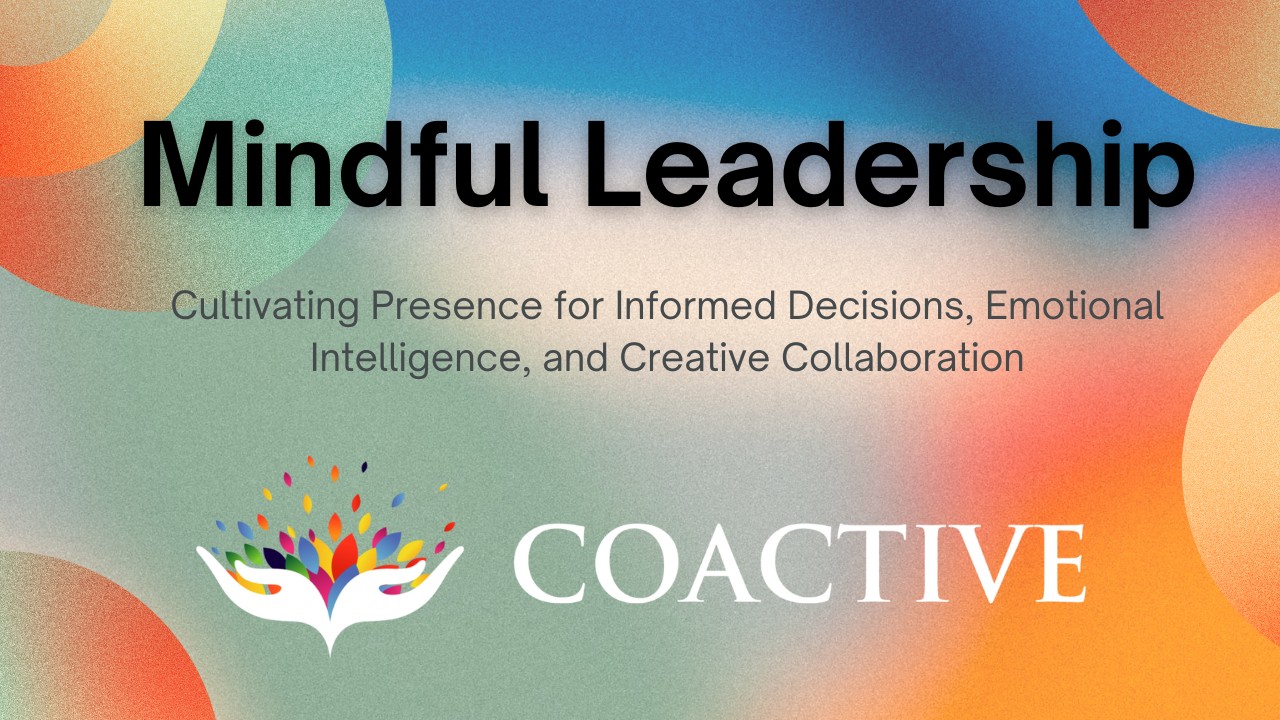Healers approach their work with a deep sense of presence, empathy, and intention. They listen not just to words but to what lies beneath them. They observe patterns, hold space for discomfort, and guide others toward restoration rather than quick fixes. In many ways, the mindset of a healer offers a powerful model for how businesses can operate—not just to succeed, but to serve, to sustain, and to evolve. When companies begin to think like healers, they shift from transactional thinking to relational thinking. They stop asking only what they can extract and begin asking what they can restore.
At the heart of healing is the ability to listen deeply. Healers don’t rush to diagnose or prescribe. They take time to understand the whole picture, to notice what’s said and unsaid, and to build trust through presence. Businesses that adopt this approach become more attuned to their customers, their employees, and their communities. They don’t just collect feedback—they absorb it. They don’t just respond—they reflect. This kind of listening leads to more thoughtful decisions, more relevant offerings, and more meaningful relationships. It also fosters a culture where people feel heard, which is the first step toward feeling valued.
Healers also understand that symptoms are often signals of something deeper. They don’t treat surface-level issues in isolation—they look for root causes. In business, this translates to a willingness to go beyond the obvious. If a team is underperforming, a healer-minded leader won’t just push harder—they’ll ask what’s missing. Is it clarity? Is it trust? Is it alignment? This kind of inquiry leads to more sustainable solutions. It prevents the cycle of short-term fixes and creates space for real transformation. Businesses that think like healers don’t just solve problems—they address the conditions that create them.
Another lesson from healers is the importance of creating safe environments. Healing doesn’t happen in chaos—it happens in calm. It happens when people feel secure enough to be honest, to be vulnerable, and to explore change. In business, psychological safety is essential for innovation, collaboration, and growth. When teams feel safe, they take risks. They share ideas. They admit mistakes. A business that fosters this kind of environment becomes more adaptive, more creative, and more resilient. Safety isn’t about avoiding discomfort—it’s about creating the conditions where discomfort can lead to growth.
Healers also bring a sense of humility to their work. They don’t position themselves as all-knowing—they act as facilitators of a process. They trust the wisdom of the body, the mind, and the person in front of them. In business, this humility is often missing. Leaders feel pressure to have all the answers, to move quickly, to appear certain. But when businesses embrace humility, they become more open to learning. They invite collaboration. They acknowledge complexity. This doesn’t weaken authority—it strengthens credibility. People trust leaders who are honest about what they know and what they’re still discovering.
Care is another defining trait of healers. It’s not performative—it’s embodied. It shows up in tone, in timing, in touch. In business, care is often reduced to customer service scripts or wellness programs. But real care is deeper. It’s about how decisions are made, how people are treated, and how values are lived. A business that truly cares doesn’t just say the right things—it does the right things, even when they’re inconvenient. It honors people’s time, respects their dignity, and considers their well-being. Care becomes a throughline, not a department.
Healers also understand the importance of rhythm. They know that healing takes time, that progress isn’t always linear, and that rest is part of the process. In business, the drive for constant acceleration can be exhausting. But when companies honor rhythm—through thoughtful pacing, intentional pauses, and space for reflection—they create more sustainable momentum. They avoid burnout, reduce reactivity, and make room for insight. Rhythm doesn’t mean slowing down for the sake of it—it means moving with awareness. It means knowing when to push and when to pause.
Boundaries are another area where healers offer wisdom. They know that in order to serve others, they must protect their own energy. They’re clear about what they can offer and what they can’t. In business, boundaries often get blurred in the name of hustle or customer satisfaction. But without boundaries, care becomes depletion. A business that respects boundaries—its own and others’—creates healthier dynamics. It sets clear expectations, honors capacity, and builds trust through consistency. Boundaries aren’t barriers—they’re containers for integrity.
Ultimately, what businesses can learn from healers is a different way of being. It’s a way that values presence over performance, depth over speed, and connection over control. It’s a way that sees people not as problems to be solved, but as relationships to be nurtured. When businesses adopt this mindset, they become more than efficient—they become restorative. They create spaces where people can grow, where ideas can breathe, and where impact can be felt. They don’t just operate—they heal. And in a world that often feels fractured and fatigued, that kind of business isn’t just relevant—it’s essential.





